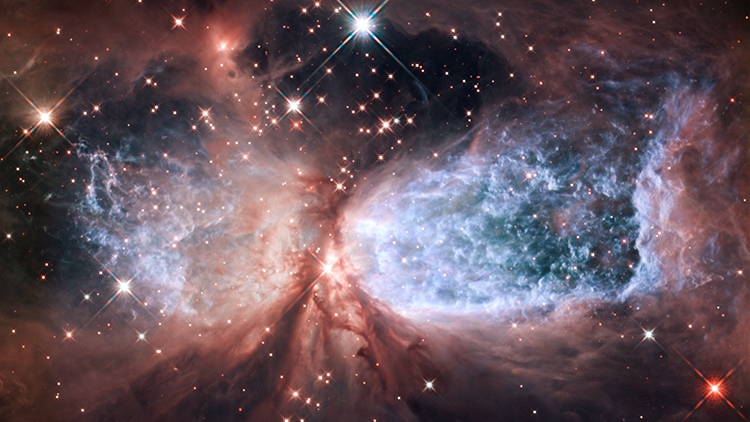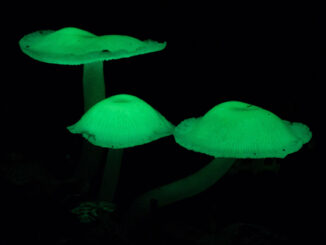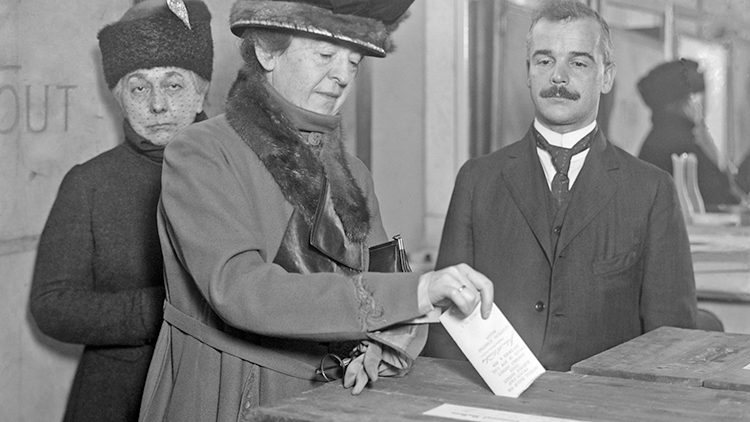
World space week is October 4th through October 10th. To celebrate, let’s look at one of our country’s greatest accomplishments in space exploration, the Hubble Telescope, and the story of how it was almost one of our country’s greatest embarrassments.
Astronomers had a problem. The earth’s atmosphere [the layers of gases surrounding a planet] distorts light and makes it hard to see stars and planets from the ground. NASA (National Aeronautics and Space Administration) had an idea to solve this problem. They would put a telescope in outer space. This would be an enormous task that would cost $2.5 billion.
Hubble was launched on April 24, 1990. Scientists were very excited when they turned the telescope on. Then they saw the images Hubble gave them. They were blurry. They realized that a mirror in the telescope was too flat and it prevented the telescope from taking clear pictures. The Hubble Telescope was a $2.5 billion failure!
In 1993 NASA flew a mission to Hubble. The seven astronauts on board would try to fix the mirror on Hubble. This was their only chance to make the repair. The astronauts spent a long, hard week in orbit. It took dangerous spacewalks, with astronauts working outside the space shuttle, to repair the mirror. When they turned the telescope back on, the pictures were much clearer. The mission was a success.
The Hubble Space Telescope has become one of Earth’s most important pieces of scientific equipment. The telescope has taken photos of stars forming. Scientists have been able to get important information about the atmospheres of alien planets. Scientists have even been able to estimate the age of our galaxy, the Milky Way, by using pictures taken by the Hubble.
What started out as one of NASA’s greatest failures has become one of science’s great success stories. Scientists are still learning about the universe from the images the Hubble sends them.
What Do You Think? What kinds of things do you hope NASA can learn about the universe using the Hubble?
Photo Credit: NASA, ESA, and the Hubble Heritage Team (STScI/AURA)



